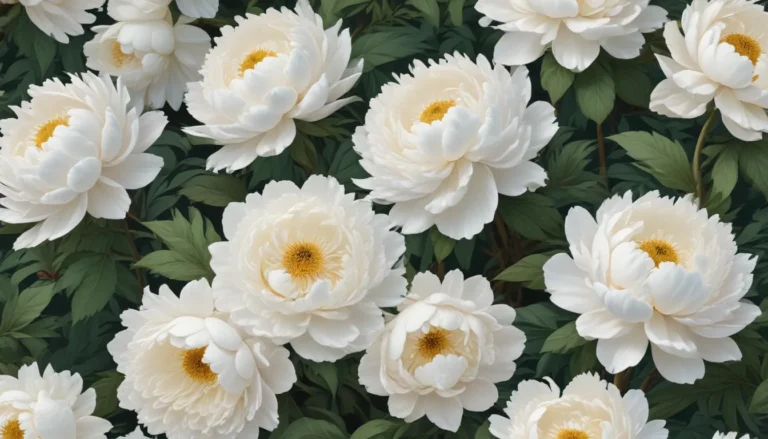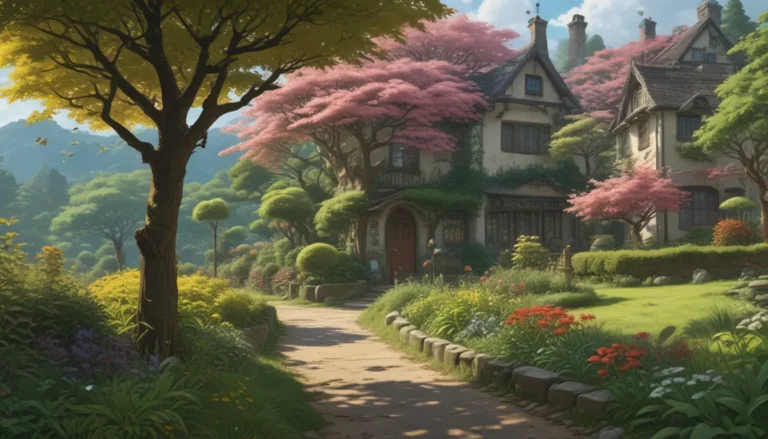Maximizing Bloom Time: A Comprehensive Guide to Clematis

Clematis are a breathtaking addition to any garden, with their versatile vines and a vast array of flower sizes and colors that provide multi-season displays of blooms. These plants can grace your yard from the last frost in spring all the way to the first frost in fall, and sometimes even year-round in the right Zone.
In this article, we delve into the fascinating world of clematis and explore how long these beauties bloom. From different bloom periods to the best long-flowering options and tips to extend bloom times, we cover it all to help you maximize the beauty in your garden.
Understanding Clematis Blooming Patterns
One of the most common questions about clematis is how long they bloom. The answer varies depending on the species, cultivar, or hybrid you are growing. Some clematis bloom for just a brief period, while others can flower for up to six months. It’s important to note that young plants typically start blooming later and may end sooner than mature plants. Once the plants are three years old or more, they usually bloom for longer periods and more prolifically.
To get started, take a look at our guide on growing clematis to familiarize yourself with the cultivation requirements. Now, let’s explore the different categories of bloom periods in clematis.
Diving into Bloom Periods
Clematis can be broadly categorized into three groups based on their bloom periods:
– Early (Group 1)
– Midseason (Group 2)
– Late (Group 3)
Early bloomers include Alpine, Cadmia, Downy, and Anemone clematis, which typically bloom in spring. These varieties should be pruned after flowering to encourage next year’s display.
Most large-flowered hybrids fall into the early or midseason bloomers category. These hybrids, such as ‘The President,’ ‘Nelly Moser,’ and ‘Fireworks,’ can be cut back after the first bloom to encourage a second flush.
Midseason or summer bloomers like Asian Virgin’s Bower and hybrids such as ‘Belle of Woking’ and ‘Jackmanii’ offer stunning displays in the summer months.
Late season or fall bloomers like Swamp Leatherflower, Golden, and Scarlet Leather clematis bloom on new growth and should be pruned in spring to encourage abundant flowering.
For a detailed look at specific clematis varieties within each group, refer to our comprehensive guides on summer-blooming clematis and favorite clematis species.
Best Long-Flowering Clematis Varieties
If you’re looking for clematis that will bloom reliably over an extended period, consider these exceptional hybrids and cultivars:
– Arabella: A non-vining type that blooms from June to October.
– Boulevard Series: Compact hybrids that bloom in a wide range of colors over an extended period.
– Crystal Fountain: Offers flushes of bright lilac-blue flowers from June to early September.
– Daniel Deronda: A jackmanii hybrid with massive blue-violet blossoms appearing twice during the growing season.
– Ernest Markham: Produces purple-red blossoms from early summer to early fall.
– Garland Tekla: Blooms repeatedly from early summer through fall with hot pink flowers.
– Harlow Carr: Deep violet blossoms from spring through late summer on an eight-foot vine.
– Jackmanii: Large seven-inch violet flowers that bloom from late spring through fall.
– Niobe: Gorgeous garnet flowers that bloom from early spring to early fall.
– Rooguchi: Bell-shaped cobalt flowers that bloom from mid-spring to fall with an intense fragrance.
– Sapphire Indigo: Continuous blue-violet blossoms from late spring to fall on a compact bushy plant.
For more information on these long-flowering clematis varieties, including blooming periods and care tips, explore our detailed guides on each cultivar.
Tips to Extend Bloom Times
To ensure your clematis blooms for as long as possible, follow these tips:
– Plant in a sunny spot: Clematis thrive in full sun, which encourages more prolific flowering.
– Provide support: Support your plants with trellises, arbors, or fences to help them flourish.
– Fertilize and water: Regular fertilization and adequate watering will keep your plants healthy and blooming.
– Regular pruning: Long-flowering hybrids can be cut back after bloom to encourage a second flush, while deadheading Group 2 clematis can sometimes lead to a second bloom.
Don’t forget, clematis are a captivating addition to any garden, with their long-lasting blooms and stunning colors. Whether you opt for multiple plants to extend the flowering season or choose a long-flowering variety, these plants are sure to bring beauty and charm to your outdoor space.
Are you ready to add some clematis to your garden? Share your plans with us in the comments below! And if you’re eager to learn more about these enchanting vines, check out our additional guides on clematis care and maintenance.
Remember, the beauty of clematis lies not just in their blooms but in the journey of cultivating these remarkable plants. Happy gardening!
Our article provides a comprehensive guide to maximizing the bloom time of clematis, offering valuable insights and tips for gardeners looking to enhance their outdoor spaces with these versatile and stunning plants. Through detailed explanations, helpful lists, and practical advice, readers can learn how to select the best long-flowering clematis varieties, extend bloom times, and create a vibrant and colorful garden year-round.





